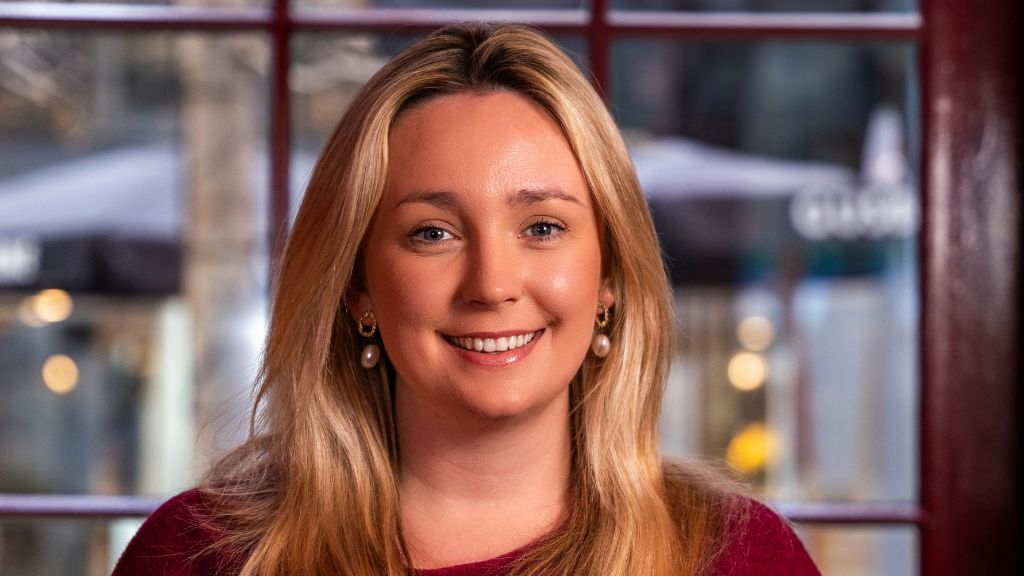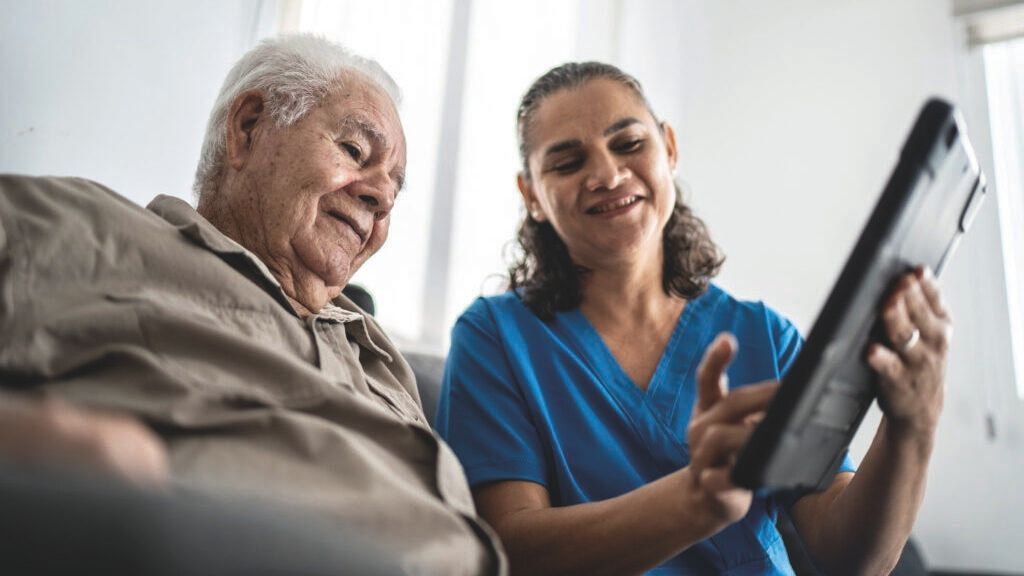Why voter turnout among care recipients is so low, and how we can change this
Zoe Wyrko, wellbeing director of retirement living provider Riverstone, reveals the low voter rates among people in care, and breaks down how to register and vote in this year’s General Election.

What do prisoners and peers in the House of Lords have in common?
Probably not what you think!
These are actually the two groups of people deemed to be “legally incapable of voting” and so are not able to take part in the upcoming General Election. All other adults over 18 years old on the day of the poll are eligible to register and participate in our democratic process.
With the recent introduction of mandatory photographic ID at polling stations, discussions have opened up about groups who might feel disenfranchised and not vote, or be prevented from voting because they might not have the right ID. However, this has mostly been focused on younger people with little mention of other groups that this could affect.
People of any age who are in receipt of care are likely to be high users of public and health services, as well as being supported by the benefits system, and so have a real vested interest in who is in power. They are more likely to feel the impacts of changes and cuts to the public sector than other groups of society. They are also less likely to vote, and this may not be through choice.
In their helpful document ‘Guidance for Care Staff,’ the Electoral Commission remind us of some key principles:
- Everybody who is eligible should be registered irrespective of any illness or disability they may have;
- There should be a presumption that a person has the capacity to register to vote;
- Only the applicant, or a person to whom they have given power of attorney, can make the required declaration as part of an application for registration.
Simply registering to vote can be a challenge, as this usually involves a form (either paper or online), however, some Electoral Registration Officers do offer the opportunity to apply by telephone. Applicants can be helped to complete the form, but do need to confirm that the information is correct – or have a power of attorney do this for them. If a person is unable to sign or make a usual mark instead of a signature, then signature waivers can be applied to allow the individual to use a postal vote. A postal vote can be applied for up to 11 working days before the election date.
A voter can appoint someone they trust to vote on their behalf, and the deadline to apply for a proxy is just six working days before an election. However, if they become unexpectedly ill or incapacitated after this time, making in-person voting impossible, an emergency proxy can be applied for up to 5pm on the day of the vote.
Anyone can take a companion with them to vote if they need it, and this is a role that carers or care home staff can take on, but they must not influence the decision that the client takes. There are also always large print and tactile versions of the ballot paper on display at polling stations to support those with visual impairment.
As leaders in the care industry, we must make sure our clients have their voices heard, and support our teams to enable them to do this.
Zoe Wyrko is an expert on living and ageing well and the wellbeing director of retirement living provider Riverstone.




